Image of 1975 American Motors Hornet, Note: These illustrations use artistic license and may differ from actual historical models.
Performance Metrics
Fundamental Metrics
Emotional Appeal
MMP Rating
| Engine Specifications | |
|---|---|
| Engine: | 232 cu in (3.8 L) I6, 258 cu in (4.2 L) I6, 304 cu in (5.0 L) V8 |
| Displacement: | 232-304 cu in |
| Horsepower: | 88-150 hp |
| Torque: | 145-245 lb-ft |
| Compression Ratio: | 8.0:1 - 8.4:1 |
| Ignition System: | Conventional breaker-point ignition system |
| Cooling System: | Liquid-cooled |
| Performance Specifications | |
| 0-60 Time: | 10-12 seconds |
| 1/4 Mile Time: | 17-19 seconds |
| Top Speed: | 105-110 mph |
| Transmission and Drive | |
| Drive Type: | Rear-wheel drive |
| Transmission Type: | 3-speed manual, 4-speed manual, 3-speed automatic |
| Fuel and Efficiency | |
| Fuel System Type: | Carburetor |
| MPG: | 15-20 mpg |
| Dimensions and Brakes | |
| Brakes: | Front disc and rear drum brakes |
| Wheelbase: | 108 in |
| Weight: | 3,000-3,500 lbs |
Note: Specifications for classic cars are given to the best of our ability, considering the limited and variant data available.
Unveiling the Underdog: The 1975 American Motors Hornet
The 1975 American Motors Hornet stands as a testament to innovation and resilience in an era dominated by automotive giants. Born from the ambitious American Motors Corporation (AMC), the Hornet was more than just a car; it was a symbol of American ingenuity and a challenge to the status quo. With its compact size yet robust build, the Hornet buzzed into the hearts of Americans during a time when fuel efficiency began to take center stage due to the oil crisis.
Unique among its peers for its blend of economy and performance, the Hornet made headlines when it served as the base for the famous "Gremlin," which carved out its niche in automotive history. This quirky offshoot only added to the Hornet's allure, cementing its place in the annals of classic American cars.
Design and Innovation: A Closer Look at the Hornet's Hive
The exterior of the 1975 Hornet exuded a no-nonsense charisma with its clean lines and functional design. Its aesthetic was straightforward yet appealing, with a long hood and short rear deck that hinted at both sportiness and practicality. Inside, passengers were greeted with a cabin that prioritized comfort and simplicity. The materials, while not luxurious, were durable and well-assembled, reflecting AMC's commitment to quality.
Technologically, the Hornet was ahead of its time with features like electronic ignition and self-adjusting brakes—innovations that were not yet standard in all vehicles. Color options ranged from classic neutrals to more vibrant hues, with shades like "Sienna Orange" and "Classic Black" being popular picks among enthusiasts.
AMC offered the Hornet in various body styles including two-door coupes, three-door hatchbacks, four-door sedans, and even a sporty AMX variant. However, it was perhaps the station wagon that became most synonymous with the Hornet nameplate, offering versatility that appealed to families and adventurers alike.
Historical Significance: The Hornet's Sting
The 1975 AMC Hornet made an indelible mark on automotive history by demonstrating that compact cars could be versatile and desirable. It stood out from competitors with its unique combination of economy car sensibilities and muscle car undertones—especially in versions like the V8-powered Hatchback models.
Its legacy is evident in how it paved the way for future compact models from AMC and influenced design principles that prioritized space efficiency without sacrificing style or performance.
Performance and Handling: Taking Flight in a Hornet
The '75 Hornet's performance varied depending on engine choice—a range that included thrifty six-cylinders to potent V8s capable of propelling this compact car with surprising gusto. Top speeds were respectable for its class, with some V8 models reaching over 100 mph. Acceleration from 0-60 mph could be achieved in under 10 seconds with the right powertrain.
On winding roads or uneven surfaces, drivers appreciated the Hornet's confident handling. The experience behind the wheel was characterized by responsive steering and a suspension that balanced comfort with road feedback. The hum of power underfoot combined with a solid ride quality made for an engaging drive every time.
Ownership Experience: Living with a Legend
The AMC Hornet served many roles—from daily commuter to weekend cruiser—and even found success on racetracks in modified forms. Owners praised its reliability and straightforward mechanics which made DIY repairs a feasible option for many. While not immune to wear-and-tear issues common to vehicles of this era, Hornets generally proved robust companions on the road.
Fun Facts: Buzzworthy Tidbits
The Hornet has had its share of limelight including appearances in blockbuster movies like "The Man with the Golden Gun," where it performed a stunning corkscrew jump. While not known for breaking speed records, it did break expectations by offering performance options rarely seen in compact cars at that time.
Criticisms often centered around its conservative styling or AMC's limited dealer network compared to larger manufacturers—but these points hardly detracted from its charm for loyal fans.
Collector's Information: The Value of Vintage
Today, collectors find value in Hornets for their unique place in automotive history. Estimates suggest tens of thousands were produced across all body styles, making them relatively accessible but still cherished collectibles. Prices can vary widely based on condition, originality, and engine type—with well-preserved V8 models commanding higher figures.
In terms of appreciation potential, well-maintained Hornets have seen steady increases in value over time as nostalgia for 70s-era cars grows among enthusiasts.
Conclusion: Celebrating an Unsung Hero
The 1975 American Motors Hornet may not have been hailed as revolutionary upon release but has since earned recognition as an emblematic piece of Americana on wheels. Its blend of practicality, performance options, and straightforward charm make it a beloved classic today—a true underdog story worth telling.
1975 American Motors Hornet Catalog of Parts
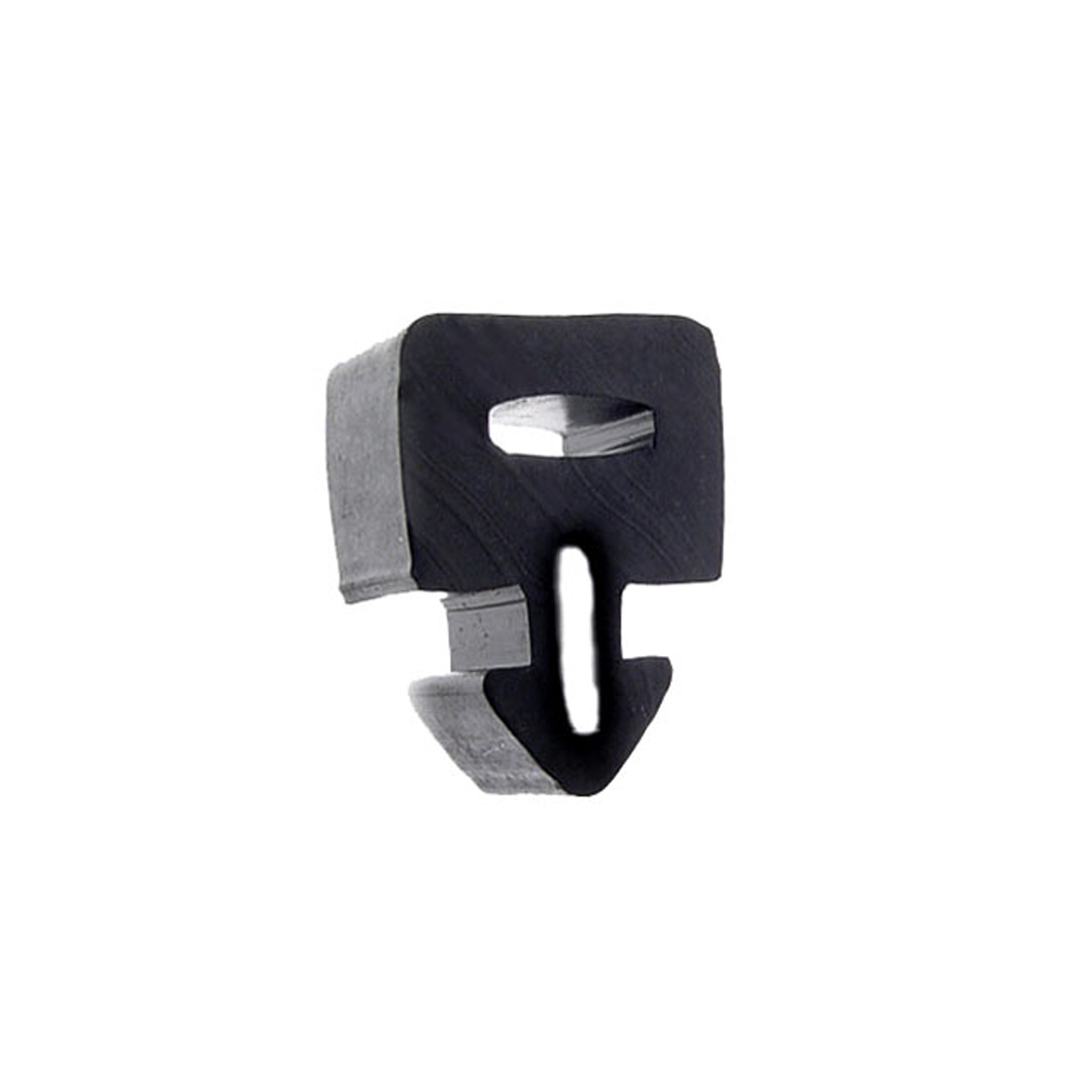 1975 American Motors Hornet Hood Bumper. Each-HF 84Hood Bumper. Each
1975 American Motors Hornet Hood Bumper. Each-HF 84Hood Bumper. Each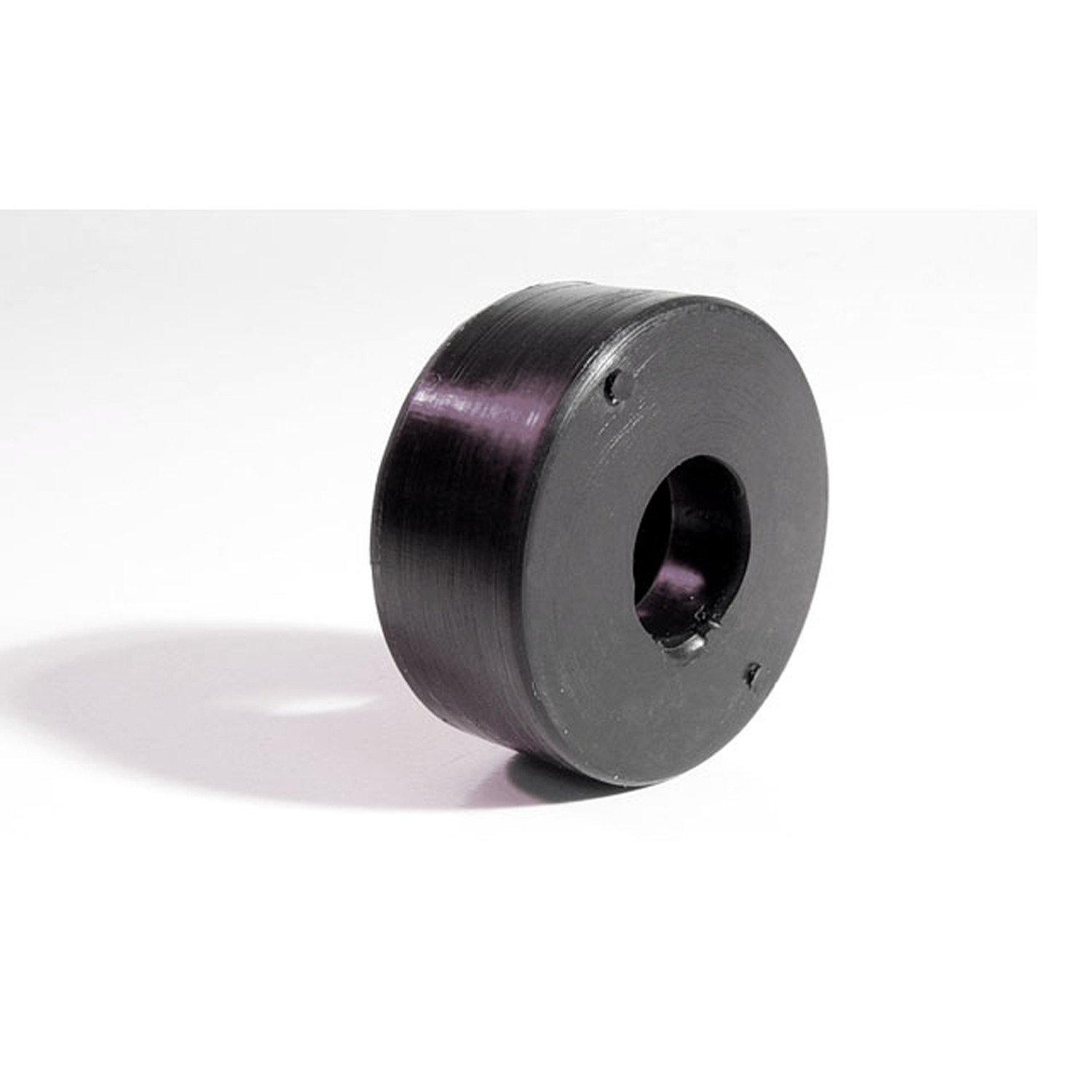 1975 American Motors Hornet Hood Bumper. Each-HF 85Hood Bumper. Each
1975 American Motors Hornet Hood Bumper. Each-HF 85Hood Bumper. Each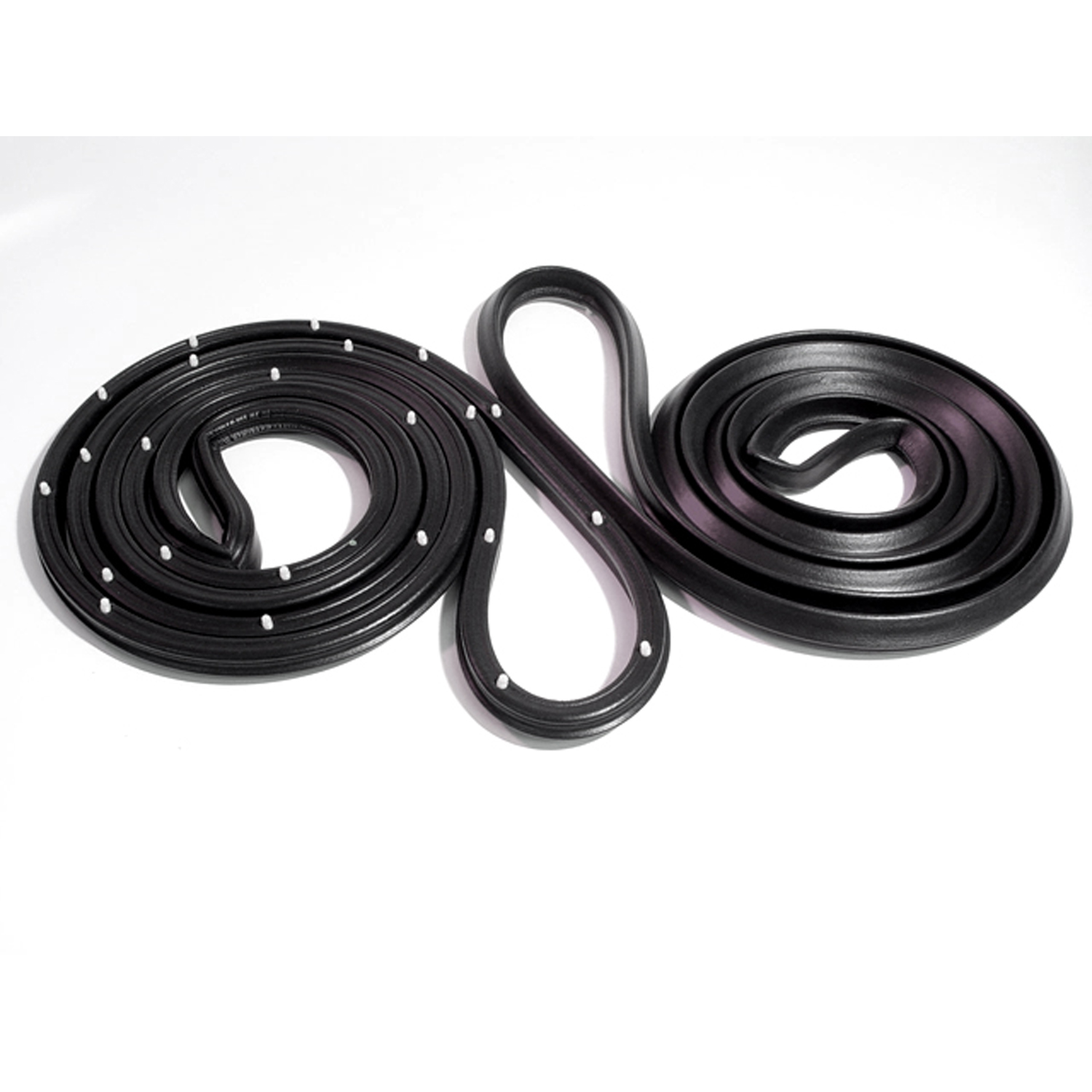 1975 American Motors Hornet Molded door seals. For 2-door sedan-LM 31-CMolded door seals. For 2-door sedan. Proper clips correctly positioned. 148 in. (375.9 cm) L. Pair. R&L.
1975 American Motors Hornet Molded door seals. For 2-door sedan-LM 31-CMolded door seals. For 2-door sedan. Proper clips correctly positioned. 148 in. (375.9 cm) L. Pair. R&L.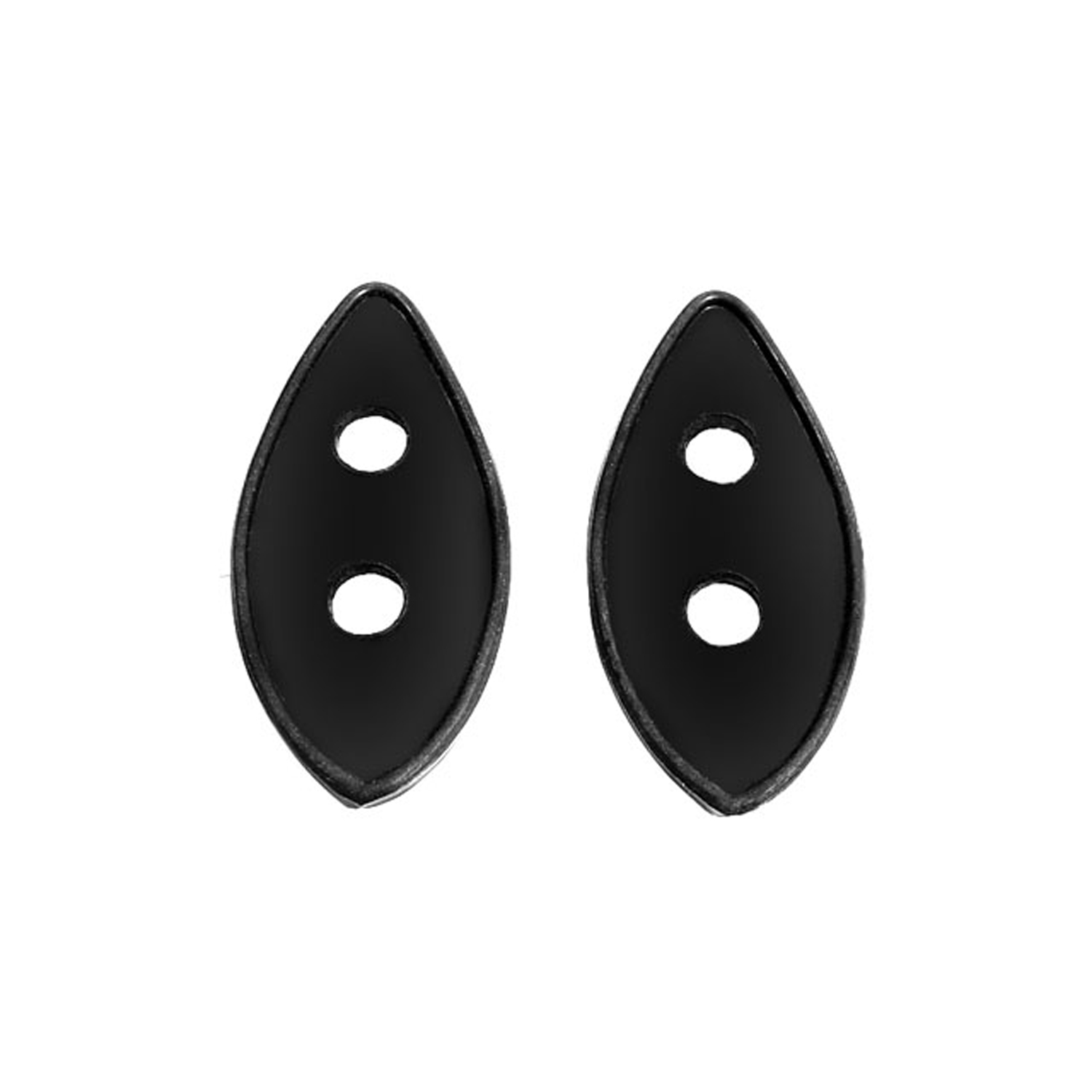 1975 American Motors Hornet Beaded Deck Rack Mounting Pads. 1-7/16" X 3". Pair-MP 622-BBeaded Deck Rack Mounting Pads. 1-7/16" X 3". Pair
1975 American Motors Hornet Beaded Deck Rack Mounting Pads. 1-7/16" X 3". Pair-MP 622-BBeaded Deck Rack Mounting Pads. 1-7/16" X 3". Pair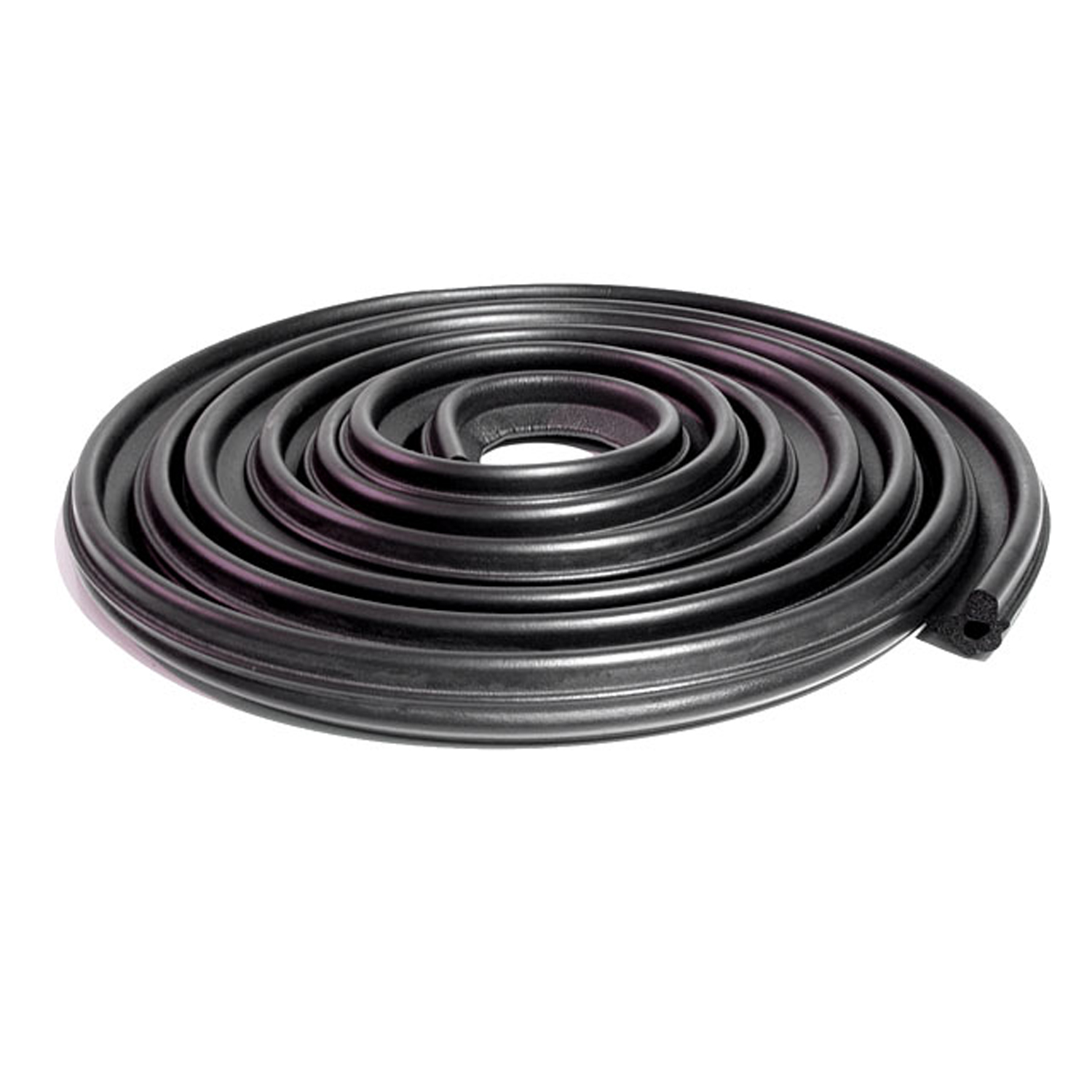 1975 American Motors Hornet Hatchback Seal. For 2-Door Sedan. Each-TK 46-X/16Hatchback Seal. For 2-Door Sedan. Each
1975 American Motors Hornet Hatchback Seal. For 2-Door Sedan. Each-TK 46-X/16Hatchback Seal. For 2-Door Sedan. Each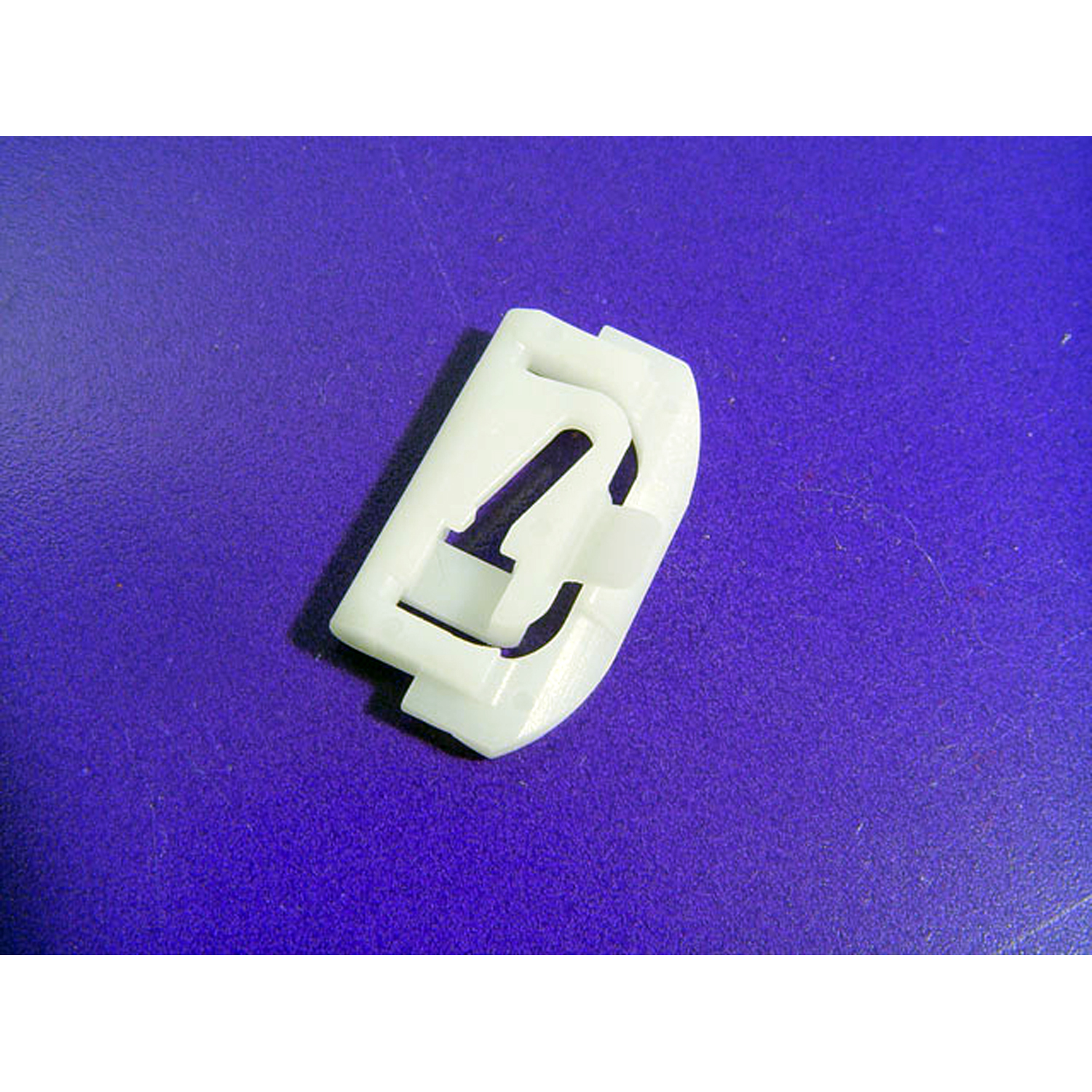 1975 American Motors Hornet Lower Side Window Reveal Molding Clip. Made of nylon-WF 214Lower Side Window Reveal Molding Clip. Made of nylon. 1-1/4" x 3/4". Each
1975 American Motors Hornet Lower Side Window Reveal Molding Clip. Made of nylon-WF 214Lower Side Window Reveal Molding Clip. Made of nylon. 1-1/4" x 3/4". EachWhy Choose Metro?
For over 100 years, Metro Moulded Parts has been the pinnacle of quality in classic car restoration parts. Our commitment to precision and authenticity in every component ensures a perfect fit and an OEM-level appearance.
- Expert Craftsmanship & Quality: Each part is a testament to our dedication to reliability and perfection, crafted from original designs and thoroughly tested.
- Advanced Technology: We use cutting-edge techniques to create flawless, long-lasting parts that surpass others in performance.
- SuperSoft Sponge – The Ultimate Door Seal: Not only are our door seals 30% softer than competitors', but they're also guaranteed to never leak. They effectively reduce wind and road noise, enhancing your classic car's comfort and driving experience.
- Proudly American: Our parts are a product of American craftsmanship, made in the USA with a spirit of excellence and heritage.
- Unrivaled Warranty: We back our products with a 30-year industry-leading warranty, a testament to our confidence in their quality.
Join us in preserving the legacy of classic cars with parts that are crafted for perfection, not just made.

